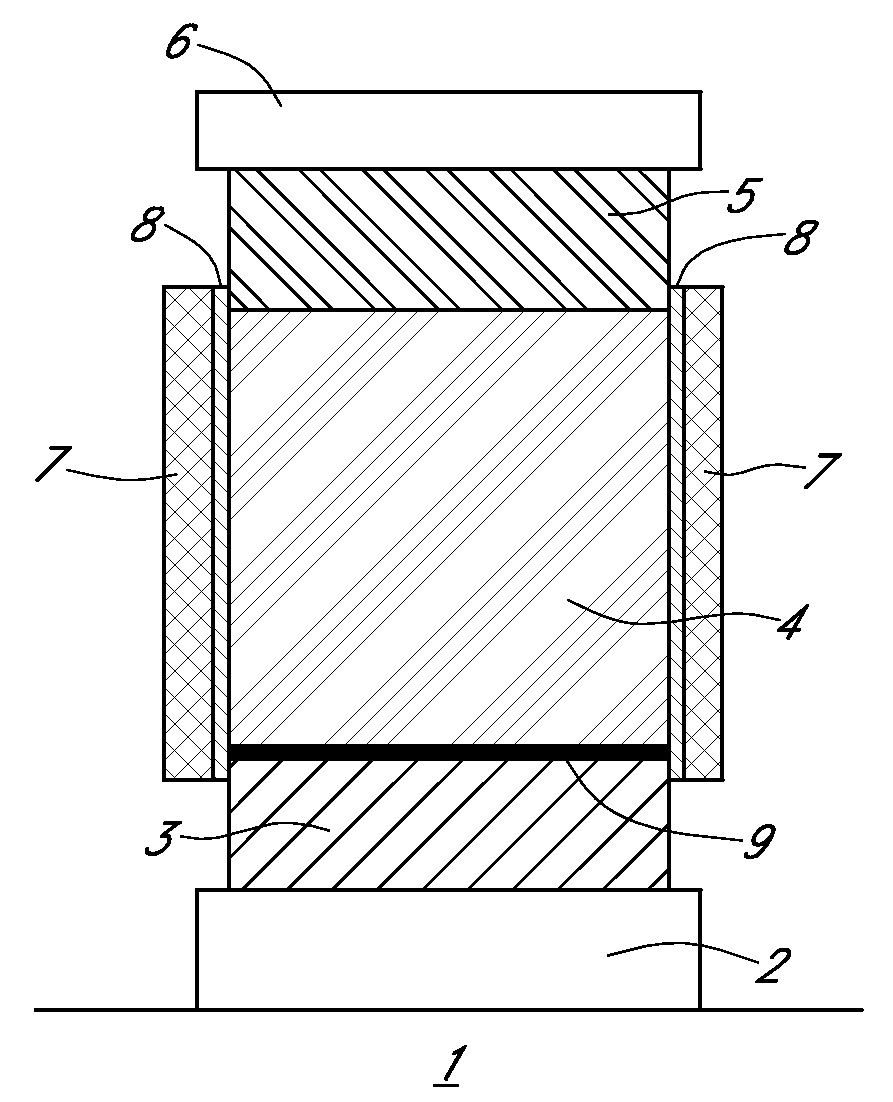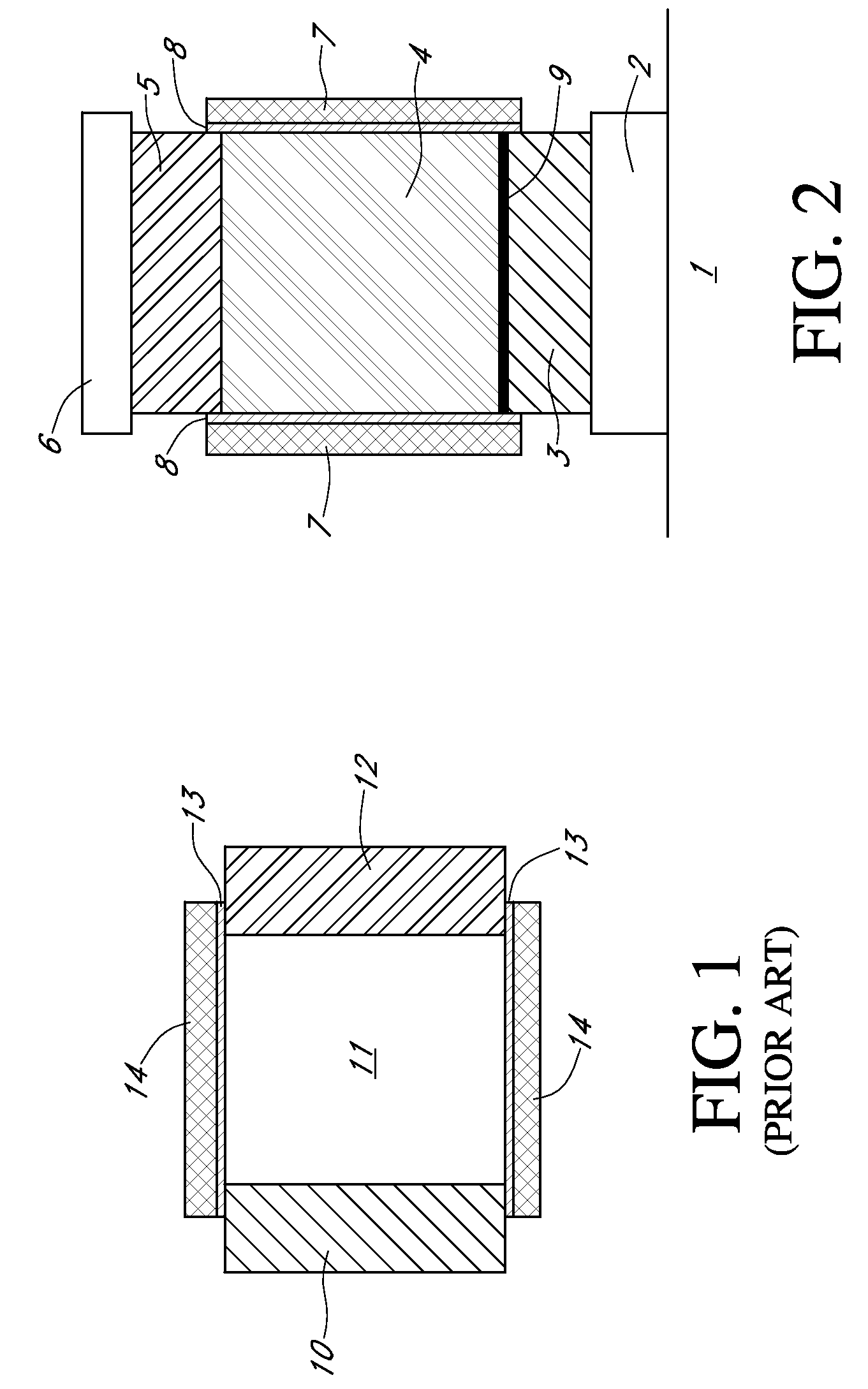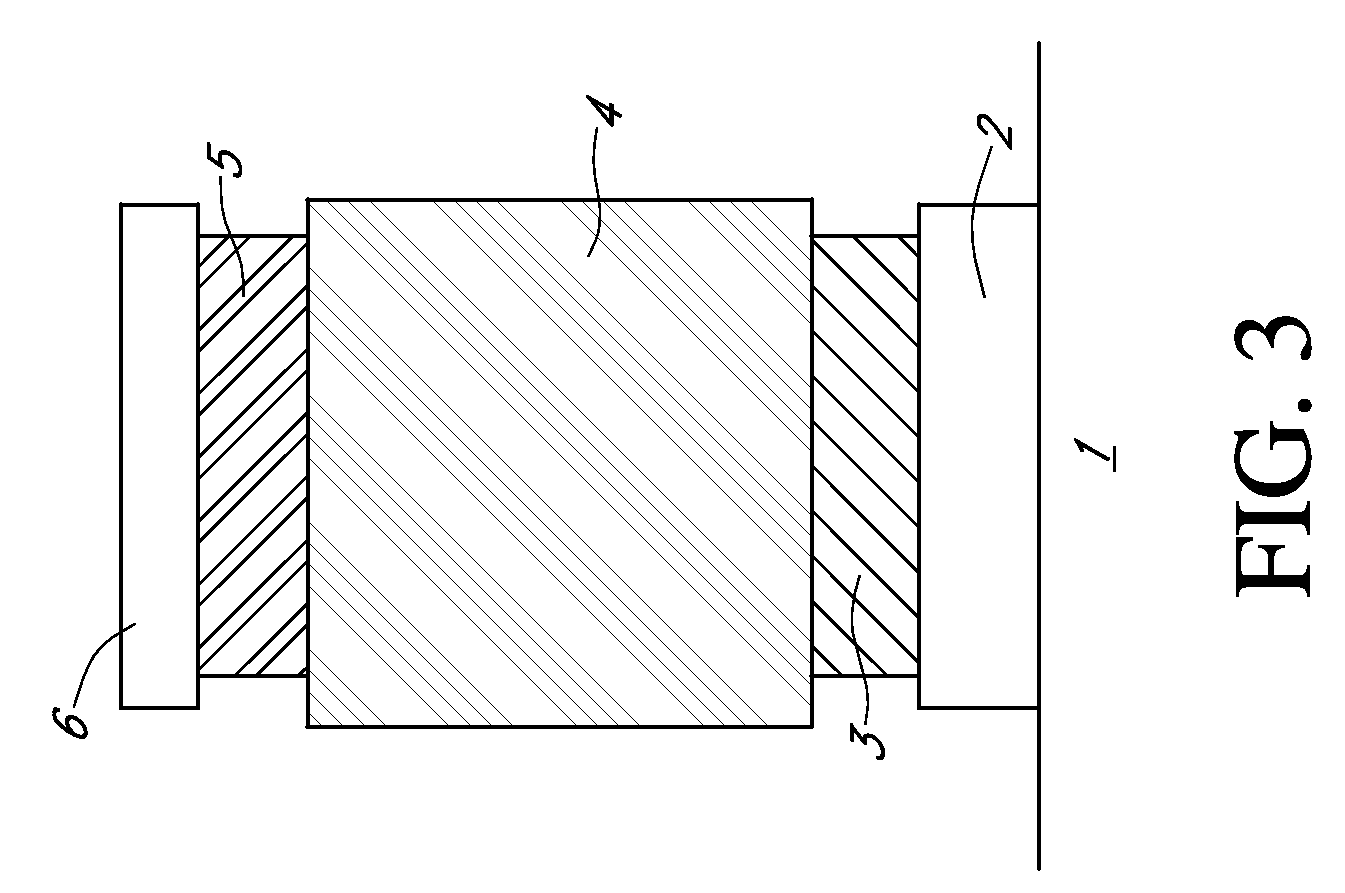Tunnel effect transistors based on silicon nanowires
a technology of tunnel field effect transistor and silicon nanowire, which is applied in the direction of nanotechnology, electrical equipment, nanotechnology, etc., can solve the problems of low on-current tfet, difficulty in reducing supply voltage, and increasing power consumption, so as to improve the architecture and low power consumption
- Summary
- Abstract
- Description
- Claims
- Application Information
AI Technical Summary
Benefits of technology
Problems solved by technology
Method used
Image
Examples
example 1
Simulations with Device Simulator MEDICI to Determine the Characteristics of a (Silicon) NW-TFET with a Highly-Doped Ge Section at the Tunnel Barrier
[0108]TFETs typically suffer from low on-currents, a drawback related to the large resistance of the tunnel barrier. This simulation illustrated below demonstrates that high on-currents can be achieved for a TFET with a germanium (Ge) tunnel barrier in an otherwise silicon (Si) channel. Such a configuration is only possible when nanowires are used, such that the lattice mismatch between silicon and germanium does not result in a highly defective interface. The simulations predict a dynamic power reduction of up to a factor of at least 5, as well as a static power reduction of at least a factor of 2 compared to conventional MOSFET configurations. Multiple layers of logic can therefore be envisioned with these nanowire Si / Ge TFETs resulting in ultra-high on-chip transistor densities.
[0109]The simulations are performed with device simulato...
PUM
 Login to View More
Login to View More Abstract
Description
Claims
Application Information
 Login to View More
Login to View More - R&D
- Intellectual Property
- Life Sciences
- Materials
- Tech Scout
- Unparalleled Data Quality
- Higher Quality Content
- 60% Fewer Hallucinations
Browse by: Latest US Patents, China's latest patents, Technical Efficacy Thesaurus, Application Domain, Technology Topic, Popular Technical Reports.
© 2025 PatSnap. All rights reserved.Legal|Privacy policy|Modern Slavery Act Transparency Statement|Sitemap|About US| Contact US: help@patsnap.com



